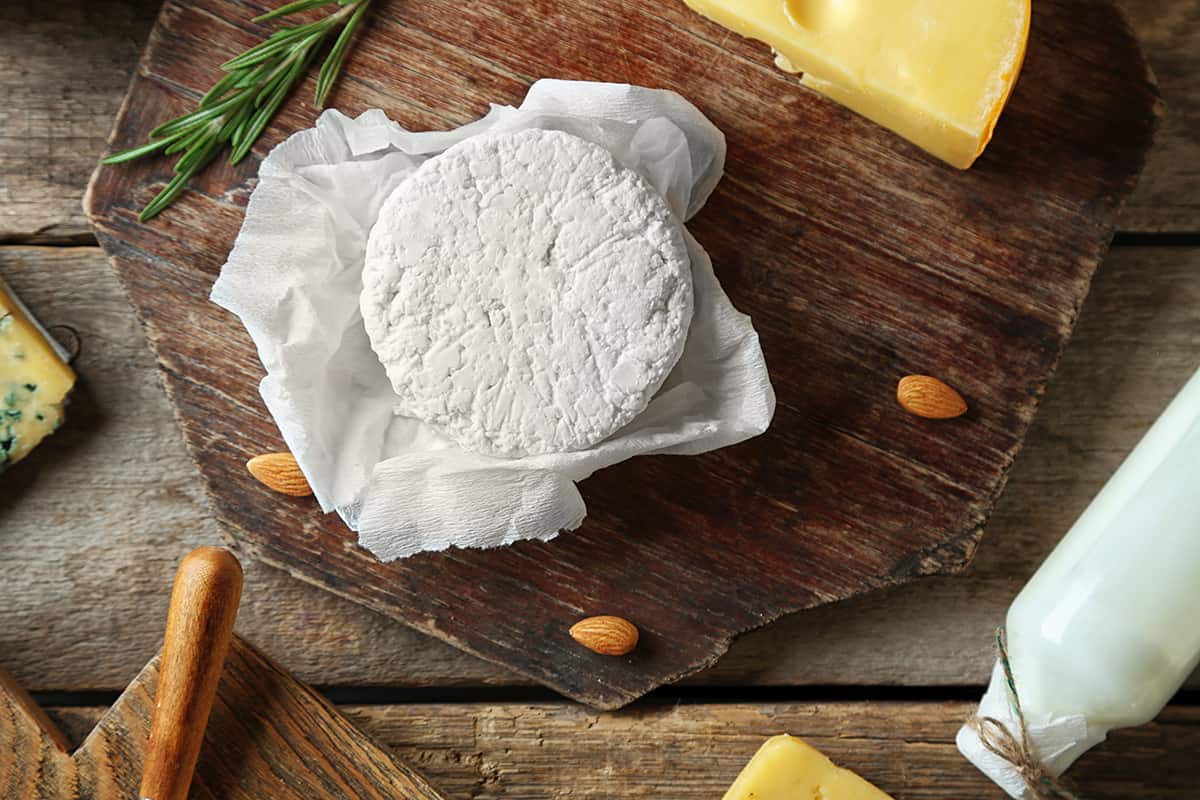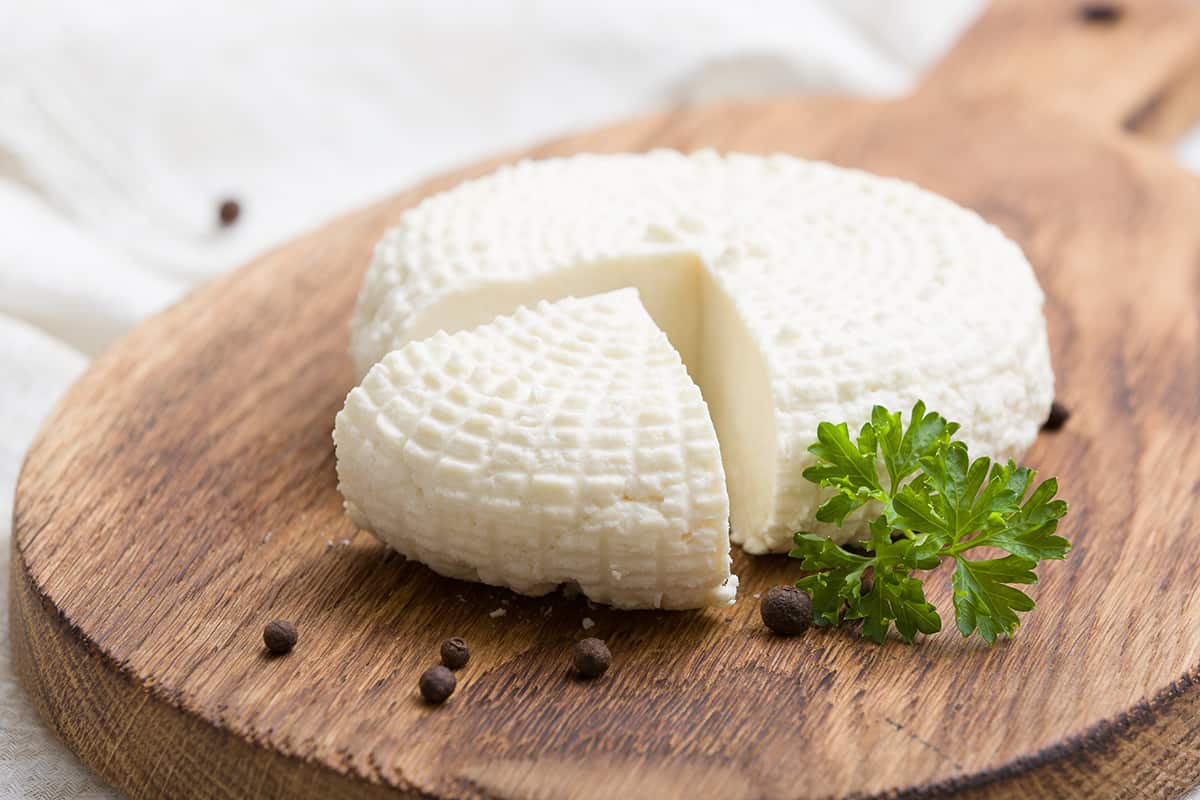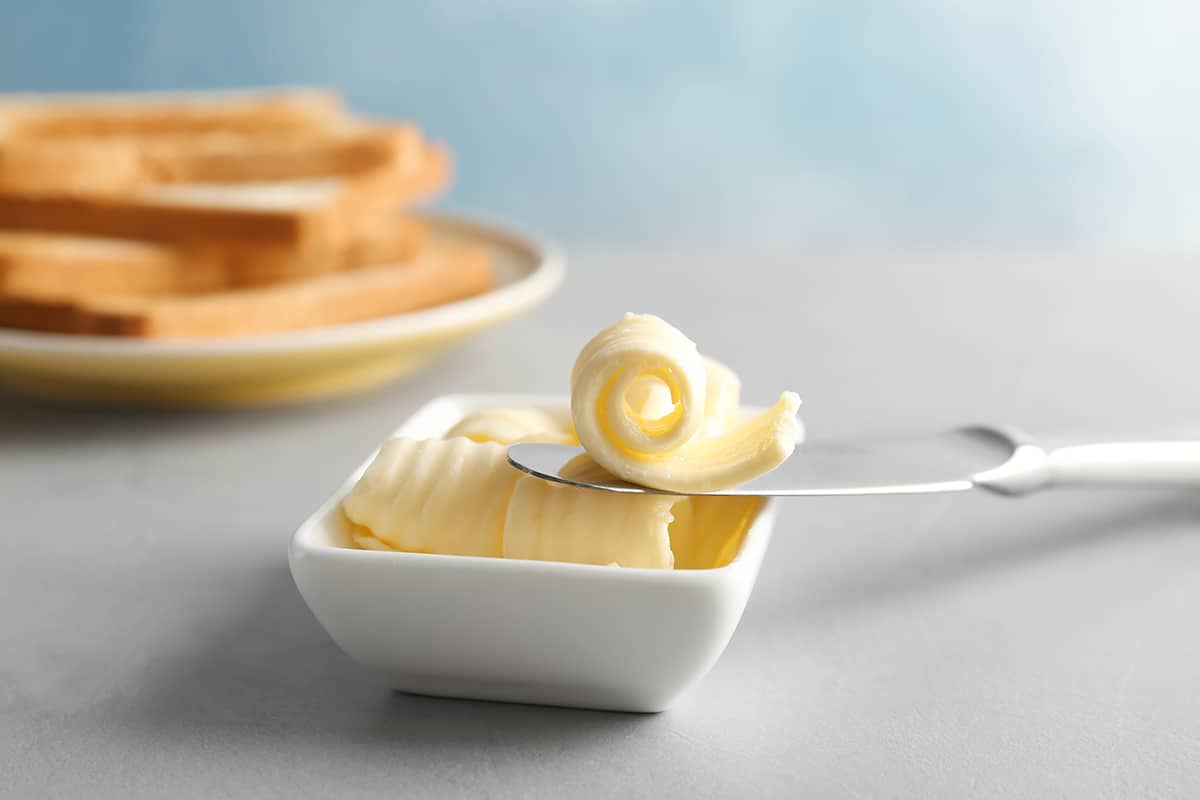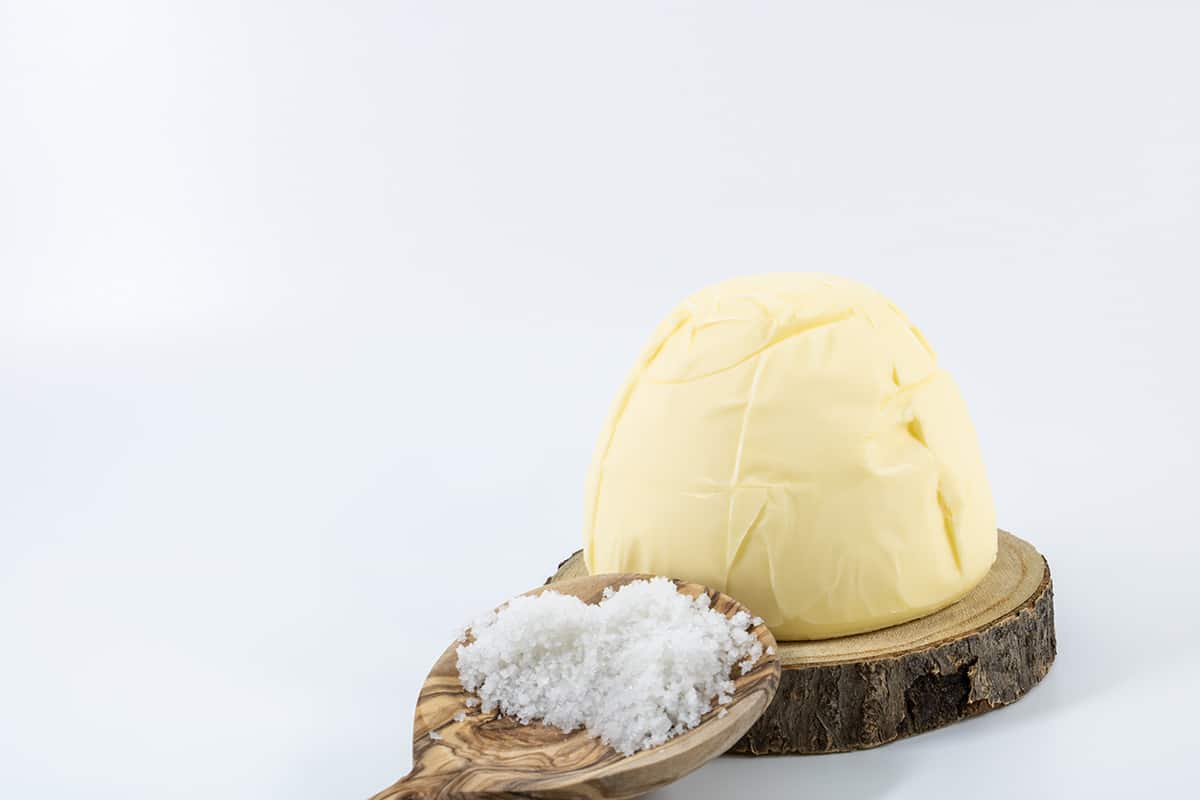Are you a fan of Mexican or Tex-Mex foods? If you are, then you probably have a good idea of what queso fresco—Spanish for “fresh cheese”—looks and tastes like. However, one thing you might not know is the shelf life of this popular cheese.
Store-bought queso fresco typically has a shelf life of 2 weeks. However, homemade queso fresco will remain good for about only 3-7 days due to a lack of preservatives.
Is it worth making queso fresco at home? For the uninitiated, what does queso fresco look and taste like? How can you tell when your queso fresco is past its prime? I’ll answer these questions and more in the following sections.
What Is Queso Fresco?

First, let’s go over the basics. Many of you are probably familiar with cheeses like mozzarella, parmesan, and cheddar, but queso fresco might sound a bit alien to your ears.
Queso fresco, which literally translates to “fresh cheese” in Spanish, is a type of cheese that is made by our friends down south. It usually consists of raw cow’s milk, but some variants of queso fresco will include a mix of raw cow and goat milk to produce a silkier texture and slightly tangier flavor. During the making process, queso fresco is only slightly pressed, so it will retain much of its original moisture, which is what gives it its iconic texture.
This cheese is widely used in Mexican and Tex-Mex dishes, including antojitos, enchiladas, tacos, huevo rancheros, and cooked beans. You can use the crumbly cheese as a garnish or melt it to create a velvety sauce.
How Long Does Queso Fresco Last?
The shelf life of your beloved queso fresco will depend on who made it. If you bought it at the store, then odds are the manufacturer included all kinds of preservatives in the cheese to give it a maximum shelf life of 2 weeks in the refrigerator.
If you made it in your kitchen using imperfectly sterilized cooking and straining equipment, then odds it will have a limited shelf life of between 3 and 7 days, at most.
In addition, queso fresco is a type of moisture-rich cheese. On average, it will contain only 1-3% of salt and 48-57% water. Its low salt-to-moisture ratio will contribute to its short shelf life, so you should make sure to consume it before it’s gone south, in a sense.
How to Store Queso Fresco?

Now, how do you use a cheese that has such an infuriatingly short lifespan? What if you can’t finish a 15-ounce tub or plastic package of this Mexican delight? Since it only lasts 2 weeks in the fridge, you’ll have no choice but to eat the delish, velvety cheese every day, which isn’t the worst thing in the world.
However, if you’ve had enough queso fresco for a lifetime and don’t want it to go bad in the fridge, you can extend its shelf life to up to 2 months by storing it in a freezer.
To store queso fresco in a freezer, make sure you remove the cheese from its original packaging (to prevent the spread of germs), place the cheese in an airtight container or bag, and place the container or bag near the back of your freezer. Also, do not place it directly against the back of your freezer since it can cause freezer burn.
If the craving for queso fresco hits you, you can defrost your cheese by removing the airtight container from the freezer and leaving it on your kitchen counter for 12 hours to overnight. Alternatively, you can move the frozen block or wheel of cheese from your freezer to the fridge and let it slowly come up to temp over the course of 2-3 days.
When your frozen queso fresco has fully defrosted, remove any moisture that has accumulated in the bag or container before slicing into the cheese and using it per your recipe’s instructions.
What Does Queso Fresco Look and Taste Like?
For those who aren’t familiar with queso fresco, it looks sort of like feta cheese or fresh goat cheese. It has a crumbly texture that you can crush and sprinkle on top of all sorts of dishes to give it a slightly salty yet tangy taste.
Due to its crumbly texture, queso fresco is not a melting cheese, so it cannot be used as the main flavoring component in Mexican-inspired cheese sauces. However, you are more than welcome to add bits of queso fresco in cheese sauce to add a slightly tangy surprise every time your teeth pop a pocket of queso fresco.
Some manufacturers will remove very little moisture from freshly made queso fresco. You will notice a significant difference between aged and non-aged queso fresco by its crumbliness and whether or not it can be sliced into cubes. The more moisture it has, the fresher it is, and the more it retains its shape when cut.
How to Tell When Queso Fresco Is Bad?
Like with most foods, queso fresco has 3 enemies: humidity, oxygen, and heat. That is why you should keep your queso fresco in an airtight container and in the fridge of freezer to reach its maximum shelf life or go beyond it.
But how can you tell whether your queso fresco is still good to eat? After a week in the fridge or a month in the freezer, you should look for the following signs.
Green/Blue Patches—If there are any green or blue patches growing on your queso fresco, you need to toss the cheese out immediately. Green and blue patches indicate mold, which has found its way onto the surface of your cheese, either through excessive contact with human skin or exposure to air.
White Fuzz—Since queso fresco is white, identifying white fuzz can be a challenge. Lift the container of queso fresco to a light. If you notice white filaments sticking out, your queso fresco is infested with mold.
Excessively Sour Taste—While queso fresco doesn’t have an overbearingly sour taste to it. At most, you should only notice hints of tanginess. If it tastes more soul than usual, it’s time to toss it out.
Foul Smell—This is a clear sign that your cheese is past its prime. You might also notice a liquid pooling at the bottom of the cheese’s container, which is the source of the nose-wrinkling smell.




